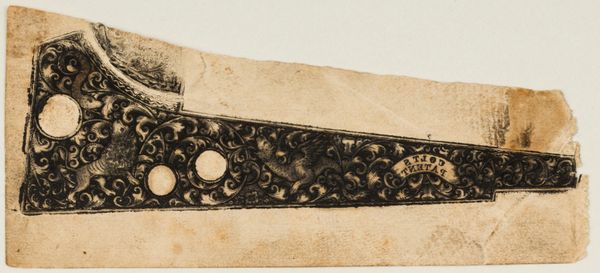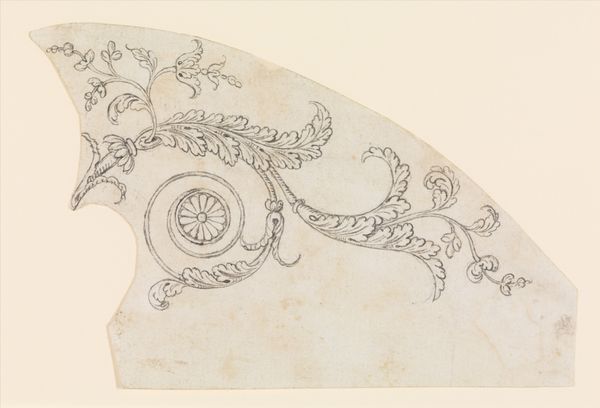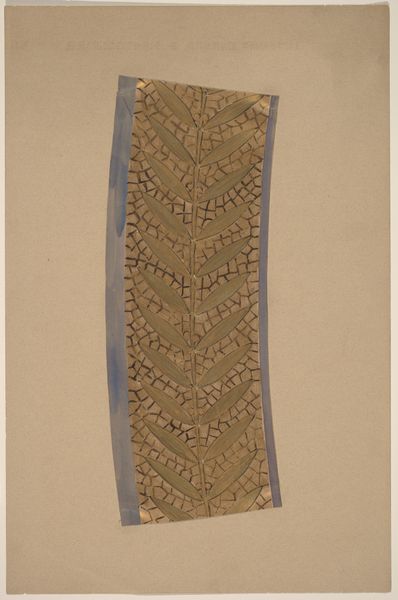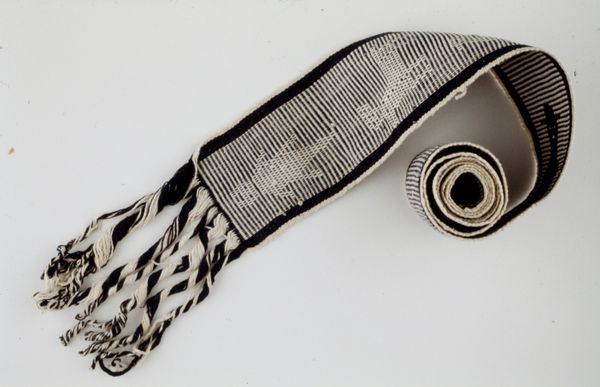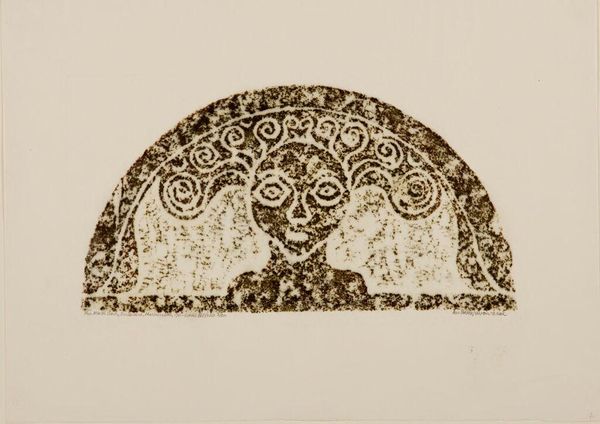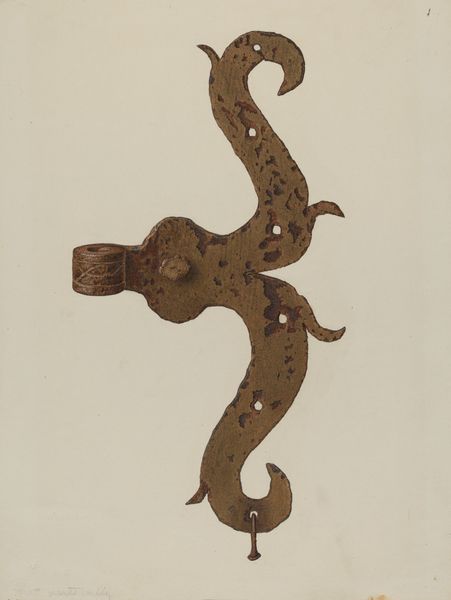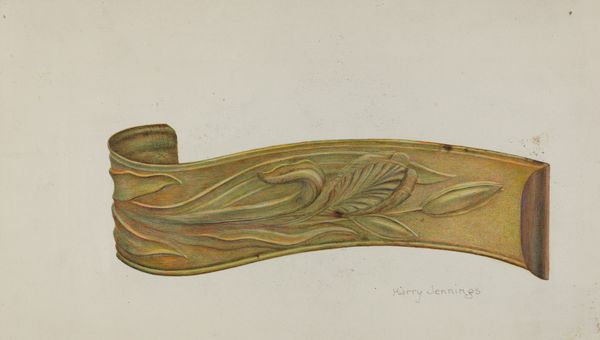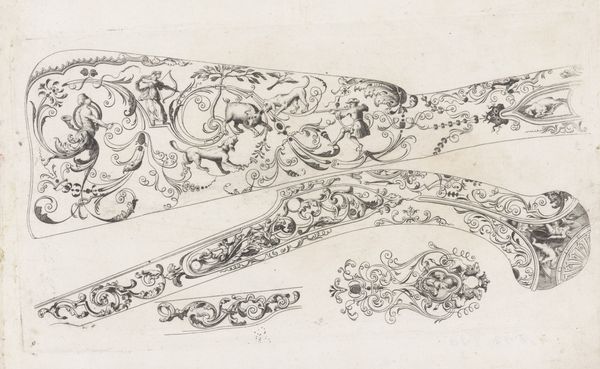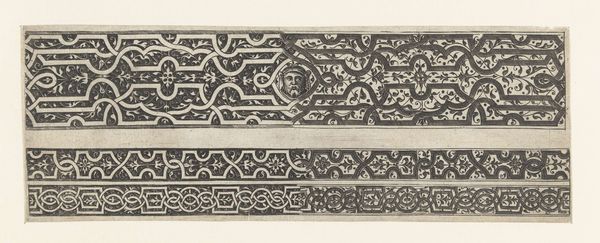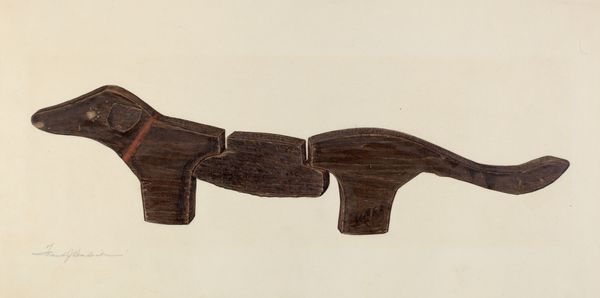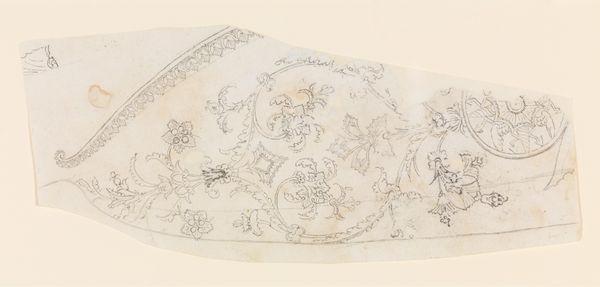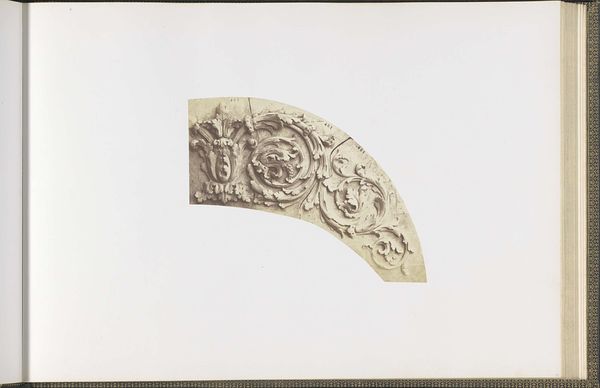
Twenty-Five Inked Impressions (or "Pulls") of Engraved Firearms Ornament 1845 - 1865
0:00
0:00
mixed-media, ornament, print, etching, paper, engraving
#
mixed-media
#
ornament
# print
#
etching
#
etching
#
paper
#
engraving
#
realism
Dimensions: various sizes, largest: 1 5/8 x 6 3/4 in. (4.1 x 17.1 cm); smallest: 5/8 x 2 in. (1.6 x 5.1 cm)
Copyright: Public Domain
Curator: Oh, this feels so…dainty, almost whimsical, despite its origin. Like, picture Peter Pan, but instead of pixie dust, he's slinging a beautifully ornamented firearm. Editor: Exactly! Let’s contextualize a bit. What we have here is "Twenty-Five Inked Impressions (or "Pulls") of Engraved Firearms Ornament," created sometime between 1845 and 1865 by Gustave Young. The piece is comprised of engraving and etching on paper; examples of mixed-media prints with ornate designs meant to decorate weapons. Curator: Ornamented weapons... talk about the contradictions inherent in art and design! And this feels deeply rooted in 19th-century power structures, wouldn't you say? Who gets to be ornamented, who wields, who is targeted… it's all there in the etching's implications. Editor: Absolutely, those tensions are practically vibrating off the paper. I wonder what it was like to craft these tiny details meant for tools of violence. Was it some kind of subversive act, adding beauty to something intended for destruction? Or was it purely aesthetic, a celebration of wealth and control? Curator: Perhaps both can be true simultaneously. These designs definitely speak to the artistic tastes and desires for elegance during the mid-19th century. However, given that ornament in weapons serves a dual purpose in showcasing the owner's affluence and status, we need to consider how those values affect the communities living with them, in both society at large and individually. Editor: That's it exactly; dualities constantly informing each other. As if, a mirror, reflecting beauty on one end and death in another, a little like gazing at my own conflicting emotions about my art. All these delicate swirls... but they are attached to something of much more consequence. Curator: It invites us to look closer at who decides which objects warrant ornamentation and to interrogate those choices. So where does examining something like this leave us? Editor: Feeling wonderfully unsettled, questioning the intent, the object and the artist behind this marriage of delicacy and destruction. That’s how it speaks to me and how this artwork finds it spot today, not by prettifying it but by challenging its assumptions, right?
Comments
No comments
Be the first to comment and join the conversation on the ultimate creative platform.
